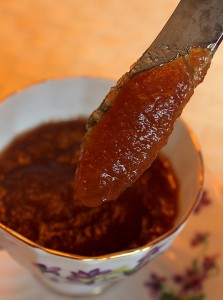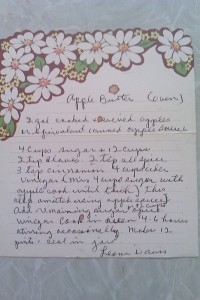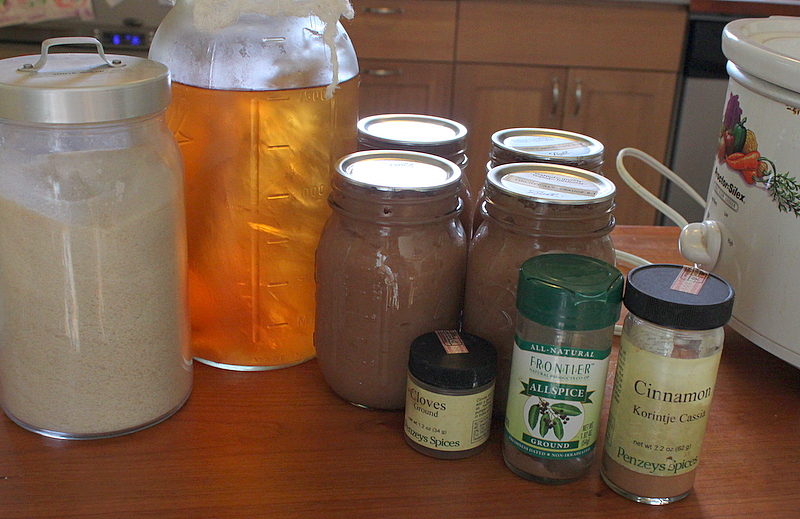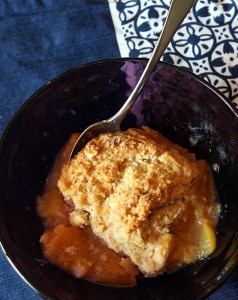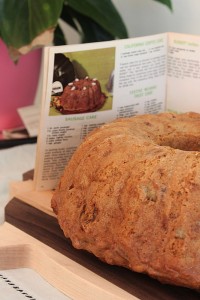On a recent Saturday morning, I woke early and drove to the Worthington Farmer's Market. I was on a mission to buy sour cherries and meet AJ of Sassafras Bakery. Fruit in tow, I introduced myself to the sweet bombshell that is AJ and chatted with my friend Patti who happened to be working the bakery stand too. I couldn't leave without purchasing Sassafras' most hyped treats - the potato & bacon pocket pie and kitchen sink granola bar.
 I shared the pie with Alex, who was still hobbling around with a piece of an axe in his thigh. It was flaky and savory and oh so delicious. "I could eat a dozen of these," I sighed. "Me too. They're like breakfast samosas," agreed Alex.
I shared the pie with Alex, who was still hobbling around with a piece of an axe in his thigh. It was flaky and savory and oh so delicious. "I could eat a dozen of these," I sighed. "Me too. They're like breakfast samosas," agreed Alex.
One thing led to another and that night we were folding, filling, and frying samosas for the first time.
We used the tome 1,000 Indian Recipes as a guide for the recipe. While I'm not sure we will ever work our way through the whole book, the few recipes we have made are spot-on to the Indian cuisine we eat in the US and what Alex has had on his trips to India. The samosa recipe was another one to add to our permanent file.
The dough is a barely mixed flour and oil one that rests for a few hours to develop gluten. It is divided into equal pieces and rolled into balls. Each ball is then rolled into a thin circle and cut in half.
Each half folds into a triangle pocket by sealing one side from middle of the base across the rounded edge. The other corner is brought across and sealed to the outside. Filling stuffs in and the third edge is sealed.




The filling can be made of practically anything. Alex and I opted for a fairly traditional potato, onion, and chickpea filling while Lil filled her pieces with leftover chicken.
While stuffing our faces with the savory, slightly spicy, crisp samosas, we realized that the recipe is vegan. Though a little heavy on carbs and not at all low fat, I'll keep samosas in mind for parties where I want to feed people with a variety of dietary needs.
 We made a double batch of dough and filling and fried all of the resulting 48 samosas. What we didn't eat on Saturday we froze.
We made a double batch of dough and filling and fried all of the resulting 48 samosas. What we didn't eat on Saturday we froze.
To reheat with crispness, we pop them in the toaster oven for 10 minutes at 400 degrees F. When we are feeling lazy, 1 minute in the microwave works, though the texture of the wrapping sogs a bit.
Potato Chickpea Samosas
from 1,000 Indian Recipes by Neelam Batra
makes 24
Traditional Samosa Dough
1 1/2 cups all-purpose flour + 1 cup for dusting
2 teaspoons baking powder
1 teaspoon salt
3 tablespoons vegetable oil
1/2 teaspoon coarsely ground ajwain seeds (available through Pensey's)
about 1/3 cup water
2 cups oil for deep frying
1. Mix 1 1/2 cups flour, baking powder, salt, 3 tablespoons vegetable oil and ajwain seeds in food processor and pulse a few times to mix.
2. Run motor and slowly pour water until the flour gathers into a semi-firm ball that does not stick to the sides.
3. Remove to a clean bowl, cover with a towel or plastic, and let rest 1-4 hours for the gluten to develop. Dough can be refrigerated at this point.
Potato Chickpea Filling
2 tablespoons canola oil
1 teaspoon cumin seeds
2 teaspoon coriander seeds
1/2 teaspoon ground fenugreek
1/2 teaspoon tumeric
1/4 teaspoon curry powder
1 teaspoon chili garlic paste
1 teaspoon fresh grated ginger
1 vidalia onion
1/2 teaspoon salt (or to taste)
1/2 teaspoon black pepper (or to taste)
1 cup / 8 ounces cooked chickpeas (1/2 can)
2 medium yukon gold potatoes, peeled, cubed and boiled until tender in salted water
1/2 cup water
1. Grind cumin and coriander with a mortar and pestle.
2. Heat oil in a large skillet over medium heat. Add all spices, chili paste and ginger to the oil and stir for one to two minutes, being careful not to burn them.
3. Add onion into seasoned oil. Cook covered for 20 minutes or until caramelized and very tender, adding water after five minutes.
4. Stir in potatoes and chickpeas. Cook for another five minutes while slightly mashing potatoes. Add a little more water to cook as necessary.
5. Allow to cool before stuffing into samosa dough.
Assembly and Cooking
1. Heat oil to 350 degrees in a large deep pan.
2. Divide dough into 12 balls.
3. Roll a ball into a thin 12 inch circle and cut in half.
4. Fold each half into a triangle pocket by sealing one side from middle of the base across the rounded edge. Bring the other corner across and seal it to the outside.
5. Stuff in a tablespoon or so of filling and seal the third edge.
6. Fry in hot oil for 4-5 minutes. Remove to a paper towel lined plate or rack to drain excess oil. Serve warm.
PS. Meet and bid on a date with AJ at the Local Matters benefit Hills Foodie Fair this Saturday.
Added to Hearth and Soul 58.
 Feta Pepperoncini Peppers were the star dish of our Julia Child $5 Value Meal. These tangy bites flew off the appetizer plate. The recipe is a cinch to make for parties or as an accompaniment to a salad or dinner at home.
Feta Pepperoncini Peppers were the star dish of our Julia Child $5 Value Meal. These tangy bites flew off the appetizer plate. The recipe is a cinch to make for parties or as an accompaniment to a salad or dinner at home.


